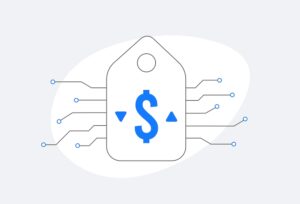 Google Chrome announced plans in January to phase out support for third-party cookies within two years in an effort to protect consumer privacy. But because eliminating third-party tracking will alter the way digital ads are tracked, targeted and measured, new standards must develop to replace the techniques currently used by digital marketers.
Google Chrome announced plans in January to phase out support for third-party cookies within two years in an effort to protect consumer privacy. But because eliminating third-party tracking will alter the way digital ads are tracked, targeted and measured, new standards must develop to replace the techniques currently used by digital marketers.
Google’s solution is to allow for feedback from the industry through a Privacy Sandbox initiative, a proposed set of standards that will preserve consumer privacy while still allowing targeting and measurement of campaigns. There’s a lot riding on this sandbox and the new tracking techniques it’s designed to produce. So, in attempt to shed light on what a world without cookies will look like—and just how much Google’s Privacy Sandbox will alter the digital advertising ecosystem—AdMonsters spoke with Michael Zacharski, CEO Engine Technology & EMX Digital about the purpose, benefits and future of the privacy sandbox.
What we learned: A privacy sandbox is essentially a sanitation filter that controls what information can flow back to advertisers. It gives consumers greater visibility and choice over data sharing. However, it’s not being designed in a way to hurt digital advertising—it’s just going to force the ad tech industry to evolve and provide new ways of tracking consumer online behavior that are more transparent. Read the full Q&A in AdMonsters here.
Other articles you might enjoy:
- Second Draft of CCPA Regulations Offers Some Clarification on Compliance
- Google Chrome’s Phase Out of Third-Party Cookies: Implications for Marketers
- Formulating Your 2020 Data-Driven Marketing Strategy



 Network
Network

